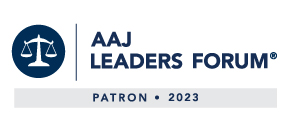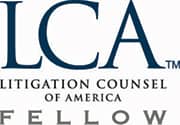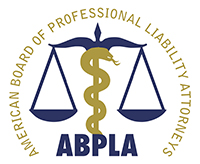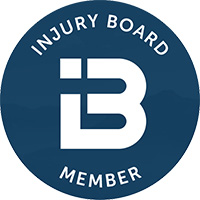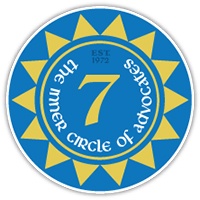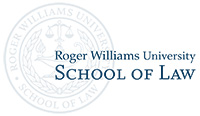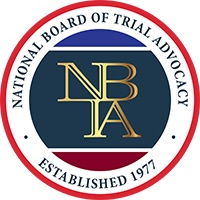Cerebral Palsy Attorneys Serving Rhode Island and Massachusetts
The experienced Providence cerebral palsy lawyers at Mandell, Boisclair & Mandell have seen how medical negligence during labor, delivery, and after birth can lead to serious birth injuries. In Rhode Island, if a baby suffers harm because of a medical professional’s negligence, the family can seek compensation by filing a birth injury lawsuit. This is especially important for families whose child has been diagnosed with a long-term disability, such as cerebral palsy, that will affect their entire life.
How Common Is Cerebral Palsy?
Cerebral palsy is recognized as the most prevalent motor disability among children. According to the CDC, it affects approximately one child in every 345—many of whom can walk independently, but face significant motor challenges that restrict their daily activities. Beyond motor skills, nearly half of those affected also experience other developmental issues such as epilepsy, vision impairments, and autism, which can complicate their needs for care and support.
If your child has been diagnosed with cerebral palsy, it’s important to understand all the ways this condition may affect their life and future. From requiring specialized medical equipment to possibly needing lifelong therapies and frequent hospitalizations, the demands of managing this condition are extensive. When your child’s condition was the result of negligence or inadequate care, the expenses for these services should not fall on your family.
Do You Need a Cerebral Palsy Lawyer?
Mandell, Boisclair & Mandell is here to help you secure the resources needed for your child’s current and continuing care. Contact us online or call us at 401-273-8330 today to schedule your FREE and confidential consultation and learn more. Our dedicated cerebral palsy attorneys have decades of experience assisting families in Providence and surrounding areas of Rhode Island and Massachusetts.
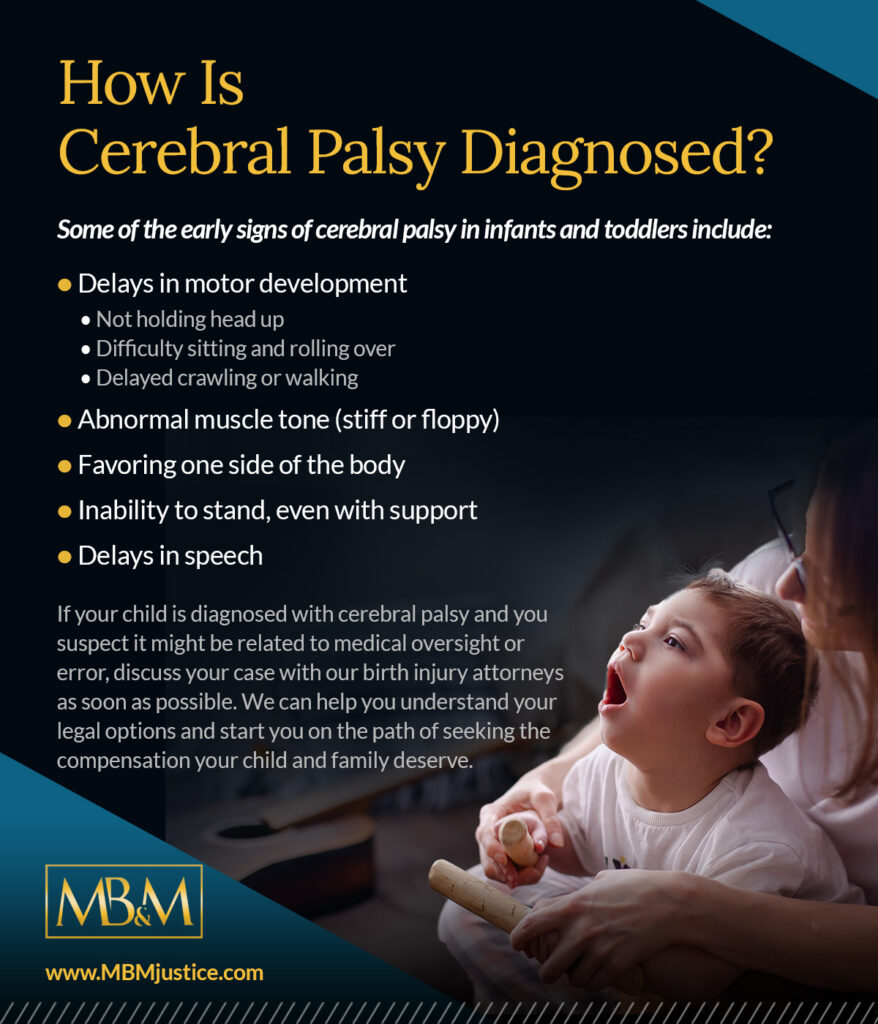
HIE and Its Impact on Cerebral Palsy
Hypoxic-ischemic encephalopathy (HIE) is a specific type of brain damage that can occur during labor and delivery when a baby’s brain fails to receive adequate oxygen and blood flow. HIE can lead to severe complications, including death and long-term brain injury. It is also a leading cause of cerebral palsy.
There are numerous signs and symptoms that a baby may have suffered a lack of oxygen during labor and delivery. Some of the signs include:
- Decelerations in fetal heart rate
- Non-reassuring fetal heart pattern
- Meconium-stained amniotic fluid
- Low Apgar scores
- Abnormal muscle tone
- Decreased heart rate of baby
- The presence of fetal seizures
- Abnormal vital signs
- Abnormal Blood Test Results
- Intubation after delivery
In addition to cerebral palsy, babies who are diagnosed with HIE may suffer from a variety of long-term injuries, including developmental delays, seizures, speech disorders, impaired vision, cognitive issues, and problems with motor function. The severity of these injuries will depend largely on the extent of oxygen deprivation and how long the hypoxic episode lasted.
Failure to notice fetal distress can be a form of medical malpractice. If you suspect your baby’s condition is a result of negligent healthcare providers, our Providence cerebral palsy lawyers can investigate the details of your labor and delivery to help you determine who might be liable for any related damages.
Diagnosing Cerebral Palsy
A child is typically diagnosed with cerebral palsy after parents and pediatricians begin to notice developmental delays or poor muscle tone. Some of the early signs of cerebral palsy in infants and toddlers include:
- Delays in motor development
- Not holding head up
- Difficulty sitting up
- Not rolling over
- Delayed crawling
- Delayed walking
- Abnormal muscle tone (stiff or floppy)
- Favoring one side of the body
- Inability to stand, even with support
- Delays in speech
Recognizing cerebral palsy early can help ensure your child receives the care and support they need. If your child is diagnosed with cerebral palsy and you suspect it might be related to medical oversight or error, it’s a good idea to discuss your case with our birth injury attorneys as soon as possible. Talking to a lawyer can help you understand your legal options and start you on the path of seeking the compensation your child and family deserve.
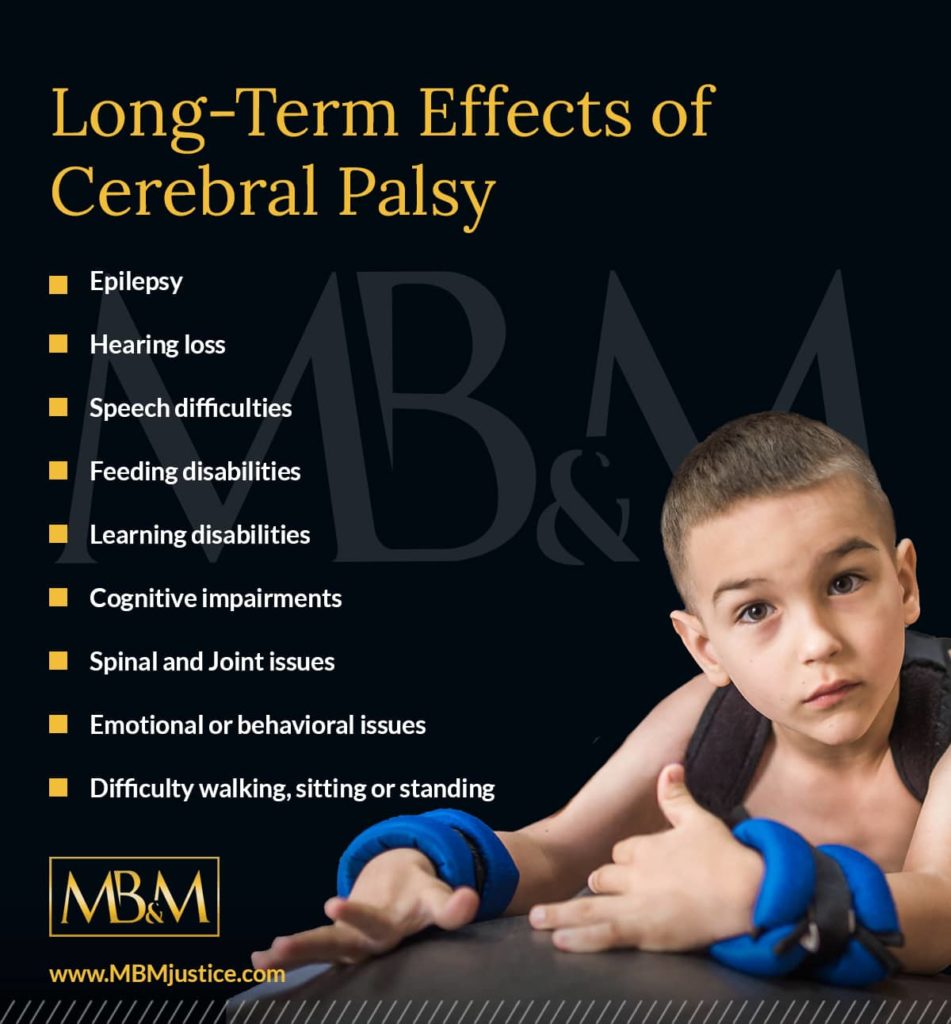
Types of Cerebral Palsy
Cerebral palsy is broadly categorized into four types. Each type is determined by the specific movement issues experienced and the part of the brain that is affected. These are:
Spastic Cerebral Palsy
This is the most common type of cerebral palsy. It accounts for 75 percent of all cases. Children with spastic cerebral palsy have increased muscle tone, delayed movement, and stiff and spastic muscles. This type of cerebral palsy makes it challenging to control muscle movement, which can affect walking, grasping, and other motor skills.
Dyskinetic Cerebral Palsy
This is the second most common type of cerebral palsy. Children with dyskinetic cerebral palsy experience repetitive and twisting motions, poor posture, and unpredictable movements. Dyskinetic cerebral palsy can affect a child’s ability to sit, walk, or use their hands.
Ataxic Cerebral Palsy
Children with ataxic cerebral palsy struggle with balance and coordination. They may have tremors or shaky movements which can impact activities that require fine motor skills, such as writing.
Mixed Cerebral Palsy
Some individuals exhibit symptoms of two or more types of cerebral palsy, commonly a mix of the spastic and dyskinetic forms. This results in a combination of symptoms associated with each type, which can complicate diagnosis and treatment.
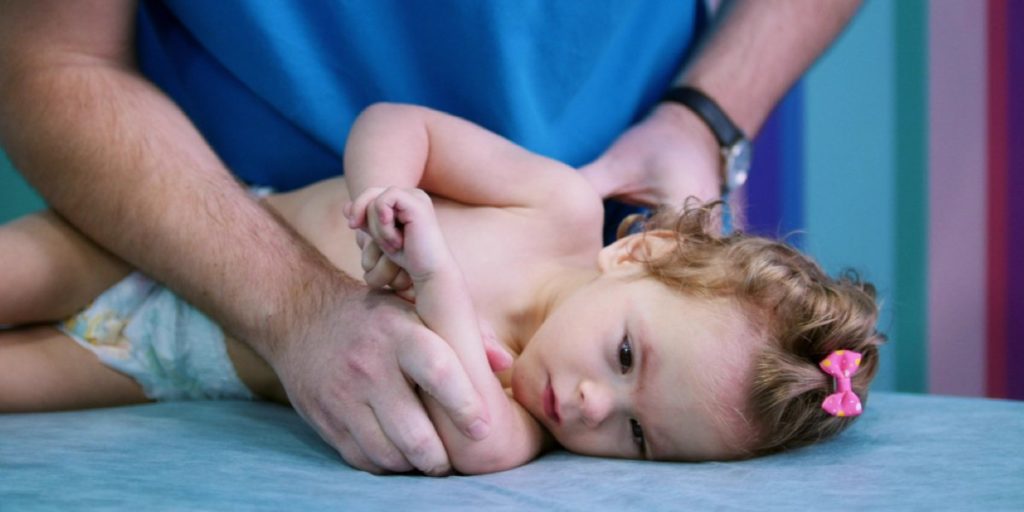
Potential Long-Term Effects of Cerebral Palsy
Regardless of the type of cerebral palsy, related symptoms and disabilities can significantly affect the long-term quality of a person’s life. Some of those include:
- Mobility Issues: Difficulty with basic physical activities such as walking, sitting, or standing.
- Communication Challenges: Speech difficulties ranging from slurred speech to more profound difficulties in communicating verbally.
- Learning Disabilities: Difficulties in processing information, problem-solving, and attention management.
- Feeding and Nutrition Issues: Difficulties with swallowing or chewing, increasing the risk for malnutrition and aspiration.
- Neurological Impacts: Heightened risk for epilepsy and seizures.
- Sensory Impairments: Increased risk of hearing loss.
- Orthopedic Concerns: The development of spinal and joint issues such as scoliosis or joint dislocations.
Emotional and behavioral challenges—born both from the frustration of coping with physical and communicative limitations and the neurological impacts of cerebral palsy—are common as well.
Cerebral Palsy Treatment and Prognosis
Children with cerebral palsy may suffer from developmental delays and motor disabilities forever. Some severe cases of cerebral palsy can be life-threatening if not treated.
Early diagnosis and therapies can result in improved outcomes and quality of life. Treatment may include:
- Medications
- Muscle relaxants
- Anticonvulsants
- Sleep aids
- Therapies
- Physical
- Occupational
- Feeding
- Speech and Language
- Behavioral
- Surgeries
- Repair hip or joint dislocations
- Scoliosis surgeries
- Tendon or muscle release surgeries
Treatment strategies are designed to improve functionality and independence. They can also help people with cerebral palsy manage symptoms and reduce the risk of complications. With a comprehensive therapeutic and treatment approach, individuals with cerebral palsy can often achieve a higher quality of life, enabling them to participate more fully in education, social activities, and eventually employment.
While necessary for improving quality of life, the combination of these treatments can be costly. They may also require parents and caregivers to take time away from work for appointments, travel, and more. When you are faced with these expenses due to a condition brought about by medical malpractice, you have every right to hold the responsible party accountable for your damages. The Providence cerebral palsy lawyers at Mandell, Boisclair & Mandell have nearly five decades of experience helping families seek compensation following birth injury. We are here to review your case, FREE of both cost and obligation, to help you determine how best to proceed.
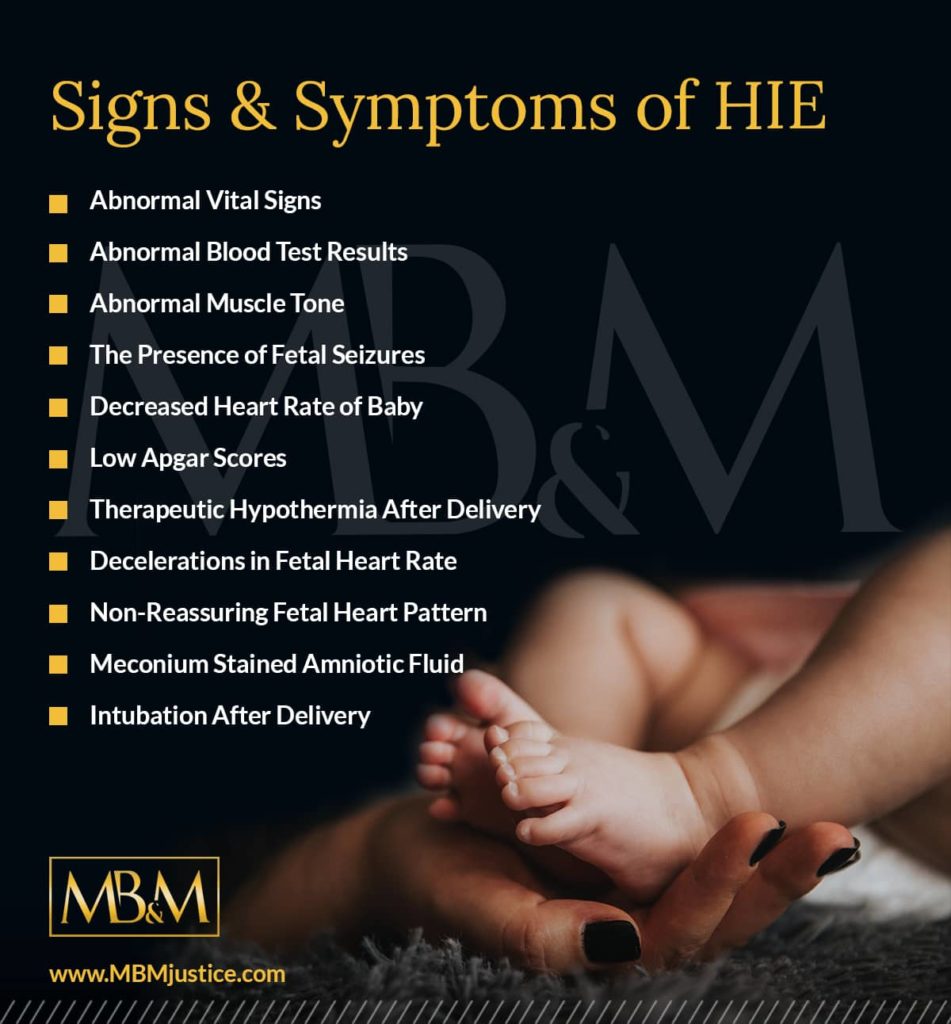
Why Birth Injury Cases Require A Specialized Law Firm
Proving that cerebral palsy was caused by medical malpractice requires specific knowledge, experience, and understanding of birth injuries and their consequences. Accepting legal advice and representation from a law office that doesn’t have the necessary knowledge and experience or does not fully understand the intricacies of birth injury cases can harm your chances of receiving the compensation you deserve.
At Mandell, Boisclair & Mandell, we have a long and proud history of handling these sensitive and complex cases. With nearly 50 years of experience, our firm has developed a deep understanding of the unique challenges and requirements of birth injury cases. We know the medical evidence required, understand the strategies used by defense attorneys, and stay updated with the latest medical and legal developments affecting birth injury claims. We apply this knowledge and experience to every claim we take.
Unlike general practice law firms, our attorneys have dedicated significant resources to medical malpractice and birth injury cases. This focus ensures that our team is deeply familiar with the unique aspects of these cases, from the types of medical errors that can occur during labor and delivery to the long-term impacts on the child and family.
Understanding there is no one-size-fits-all legal approach, we personalize our strategies to meet the specific needs of the client. Our lawyers and staff are directly involved in the day-to-day management of each case, ensuring that every client receives the benefit of our combined expertise and commitment. Our results speak for themselves. We fight to ensure that every family we represent receives justice and secures the compensation and resources necessary for their child’s lifelong care and support.
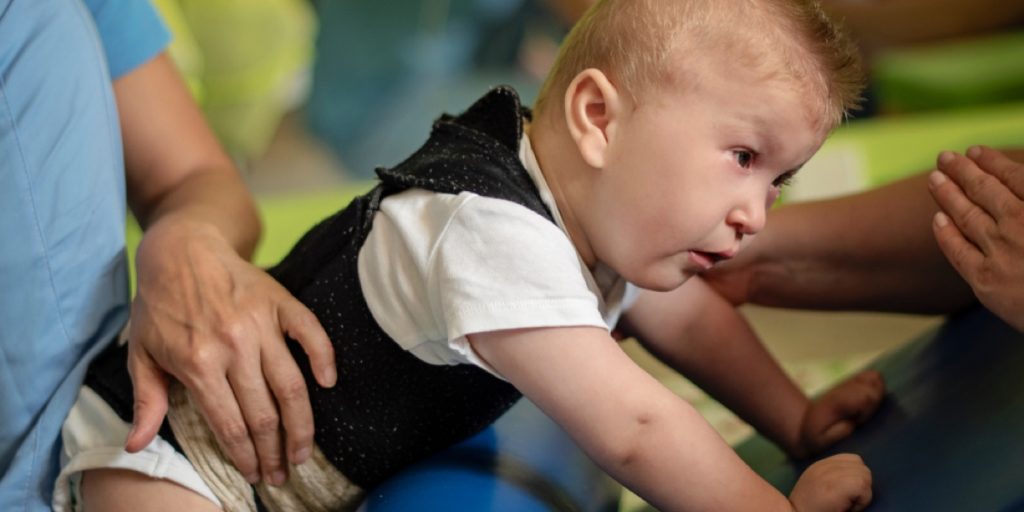
Contact Our Providence Cerebral Palsy Lawyers Today
If your baby suffered HIE during the labor and delivery process or has been diagnosed with cerebral palsy, our Rhode Island birth injury attorneys are here to help. As veteran trial lawyers, our team has the knowledge and experience necessary to ensure that your rights are protected and that you receive the full and fair compensation to which you are entitled. Our goal is not just to help you get through today, but to make sure that you have what you need for the future as well.
If you live in Rhode Island or Massachusetts and are looking for an experienced cerebral palsy lawyer, call Mandell, Boisclair & Mandell at 401-273-8330 or contact us online to schedule a FREE consultation and case evaluation. We’ll be happy to go over the details of your case and discuss what we can do to help you.
The word “cerebral” means having to do with the brain. “Palsy” refers to weakness or the loss of motor function. Cerebral palsy can be caused by an asphyxia-related injury to the developing brain before, during, or shortly after childbirth. When babies or newborn children do not receive an adequate supply of oxygen and blood to the brain, severe and permanent brain damage can result. In some cases, this situation can lead to cerebral palsy.
A number of circumstances can lead to a cerebral palsy diagnosis, including:
- Oxygen starvation during labor and delivery
- Medical errors and/or misdiagnosis of complications during pregnancy
- Mistakes during delivery, such as delayed delivery or failure to respond promptly to signs of fetal distress
Cerebral palsy doe not affect everyone the same way. Some people suffer total physical dependency while others experience only minor motor skill issues.
Depending on the areas of the body that are affected by cerebral palsy, someone could experience:
- Paraplegia: Both legs, but neither of the arms, are affected
- Hemiplegia: One side of the body is affected
- Diplegia: All four limbs are affected, but the legs more so than the arms
- Quadriplegia: All four limbs are affected and the muscles of the face and mouth may also be affected
Cerebral palsy is not a life-threatening condition on its own. It is a permanent, non-progressive neurological disorder that does not improve or worsen over time. However, the health issues that accompany cerebral palsy can worsen and cause complications that can impact life expectancy.
For example, mobility enables someone to exercise on a regular basis, and regular exercise is essential to building and maintaining strong muscular and cardiovascular health. Those with more severe types of CP can experience significant mobility restrictions, seizures, and respiratory problems.
Many treatment options are available that can improve a child’s daily functioning, depending on the child’s specific symptoms and needs. Treatments can include medications, therapies, and surgical procedures.
The CDC reports that cerebral palsy is a common motor disability in childhood. The CDC’s Autism and Developmental Disabilities Monitoring (ADDM) Network estimates that approximately 1 in 345 children in the United States have been diagnosed with cerebral palsy. The prevalence of cerebral palsy is higher for children born at low birth weight or preterm.
Medical malpractice claims require the assistance of an attorney who is highly experienced in these matters and understands the specifics of medicine and the law.
Experienced cerebral palsy lawyers possess a range of crucial knowledge, including:
- Legal knowledge: A seasoned lawyer with experience in medical malpractice claims knows how Rhode Island law is applied to these types of cases. This gives your case a distinct advantage when pursuing compensation at the negotiating table or in the courtroom.
- Medical knowledge: Cerebral palsy attorneys gain medical knowledge through experience and extensive medical research. They also have access to resources such as medical experts who can strengthen your case with fact-based testimony.
The attorneys at Mandell, Boisclair & Mandell, Ltd are uniquely experienced with these difficult cases. Our Rhode Island cerebral palsy lawyers understand the complexities of birth injury cases. We know what experts to hire and how to present medical evidence in your case.










